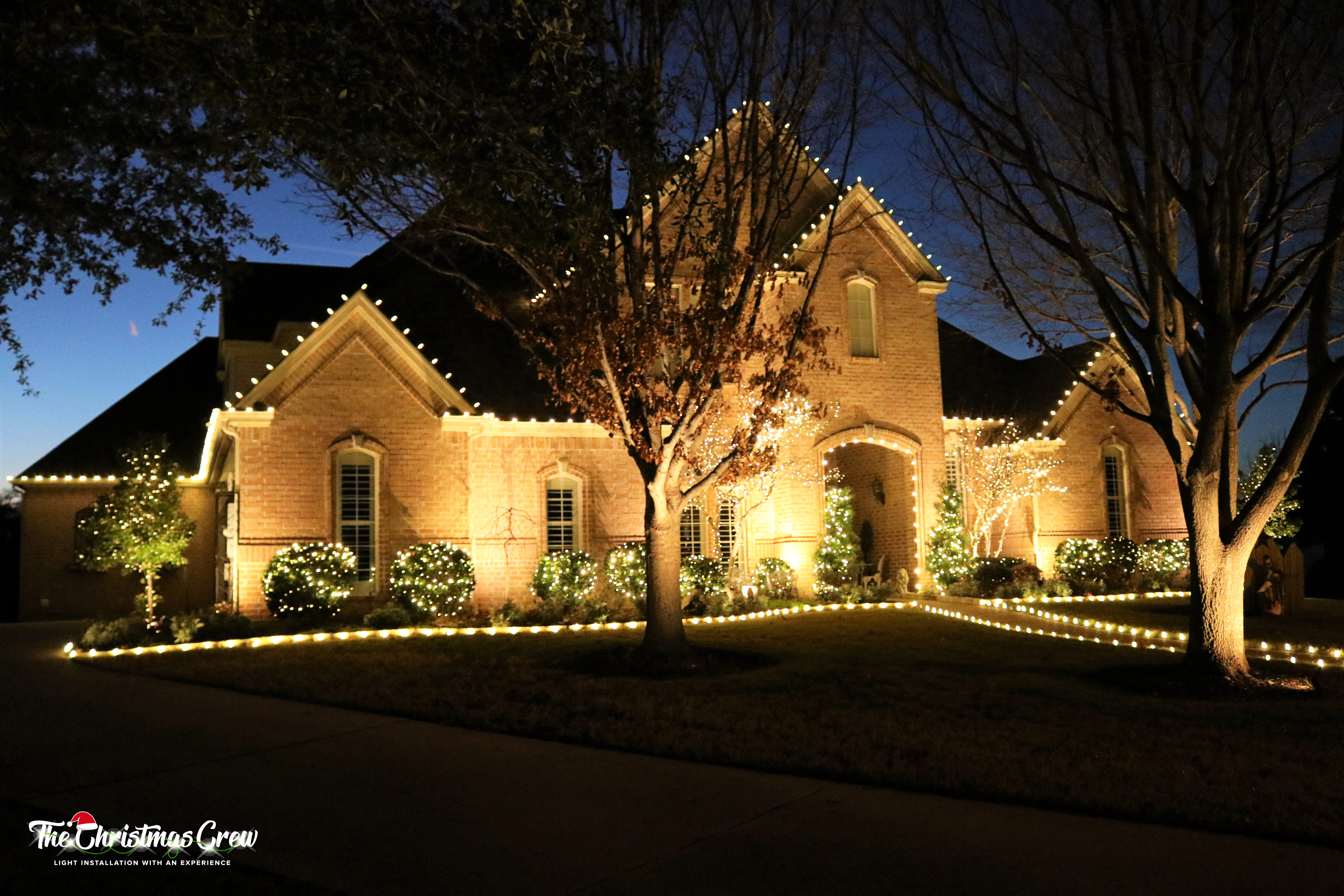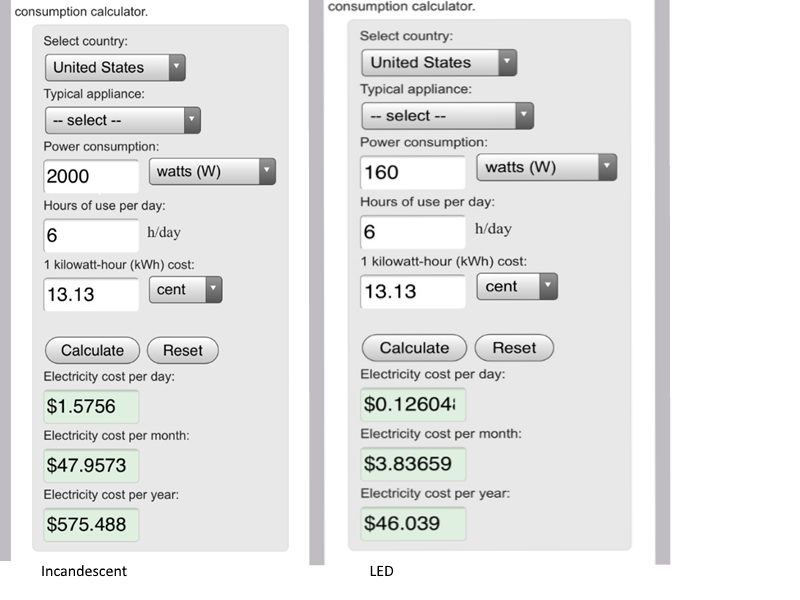
Ahhh, one of the most anticipated seasons of the year is just around the corner. You might be already smelling the peppermint and cloves when doing your normal shopping. Or perhaps your scale has begun slowly creep upward. But aside from all of that, the most important questions still remains… Should you use ol’ granny’s Christmas lights yet another year? Is the family heirloom worth the headache of untangling those strings? Or getting on a steep roof to install the lights or whenever a burnt out bulbs needs replacing? And let’s not forgot the high electric bill during the holiday season that would have granny turning in her grave!
What’s to be done? You’ve probably thought about those LED Christmas lights at the stores and wondered if the initial higher cost was worth it? Afterall you still have granny’s incandescent lights somewhere in the attic….The short answer is YES! Though there are a few different grades in LED Christmas lights. First, we will look into the average cost of the bulbs, their life span, durability, light emitted, and of course the energy and time savings.
The initial cost of incandescent bulbs are much cheaper when you look at the short term. A box of 25 incandescent are about $5 vs LED which will run about $25 per box of 25 bulbs. It can be tempting to stop there just by looking at the initial cost of LED but if you look at your total cost in the long run, the added benefits start to outweigh the cost.
The Lifespan of C9 incandescent Christmas light bulbs vs LED C9 Christmas light Bulbs
Incandescent bulbs have a much shorter lifespan when compared to their LED counterparts. It’s important to note that in this article we are comparing the professional grade C9 LED bulbs which are installed on all of our customer’s homes and offices. Generally speaking though all LED bulbs have a longer lifespan. C9 Incandescent bulbs will last about 3000 hours with the correct voltage and care while LED C9 bulbs will go 60,000 hours. That’s 20 times longer! Keep in mind that a bulb’s lifespan is dependent on care, correct power supply and storage. Even when being careful it’s an almost guarantee that at least 25+ percent of incandescent bulbs break upon installation. If you plan to do the installation yourself be prepared for the broken glass clean up. LEDs on the other hand are very durable. Most are made from a faceted, high strength, impact resistant lens or in simple words, a hard plastic. Accidently dropping an LED bulb or dragging it across the yard or driveway will do no harm.
“The Shine” factor
This trait of LEDs can be a bit more complicated. Yes, LEDs are brighter but they require more light emitting diodes and thus are dependent on the space available, colors, and the direction the bulbs are placed. When it comes to C9 LED light bulbs they need special faceted cuts made into the plastic casing, similar cuts to those of a diamond. This allows the light to be dispersed into all directions making them just as bright as the C9 incandescent for Christmas lights.
The efficiency of LED’s vs Incandescents
Let’s runs some numbers here for simple terms and comparisons. On average, customers for The Christmas Crew bought about 200 linear feet of lights. Currently as of August 2019 The U.S. Energy Information administration would place the average kwh at 13.13 cents. Each Incandescent C9 bulb uses 10 watts vs the LED’s 0.8 watts, that’s a 9.2 difference in energy usage between the two. Most customers will have their lights set to run 6 hours each night. If we used the average 13.13 kwh for what each bulb uses per kwh and 200 linear feet for each comparison.
200 incandescent bulbs = 2000 Watts per kwh
200 LED bulbs = 160 watts per kwh
See photos below:

The reality is that in the long run incandescent bulbs will end up costing more and can be a bigger hassle. The cost to run the same number of incandescents is more than 12 times the amount of electricity. Not to mention the bulbs will frequently go out during the season. This can translate to you pulling out the ladder weekly or even at times daily for older bulbs. The even scarier possibility is that incandescent bulbs can and do pop breakers, or even worse, catch fire when the power exceeds 100 bulbs per 100 feet. Yes, we have heard the horror stories from customers regarding their previous companies who had strung too many incandescent to one outlet and caused them to catch fire. LED’s on the other hand can safely use 250 bulbs per 250 feet for each outlet. LED’s require little to no maintenance each season and in just a few seasons you will end up saving not only money, but time as well.
If you’d like to enjoy a beautiful holiday light display without the hassle of doing it yourself, give The Christmas Crew a call today. We can recommend the perfect setup for you home with a hassle-free guarantee and warranty. We offer professional holiday and seasonal light installations for Fort Worth, Southlake and beyond.
Recent Comments